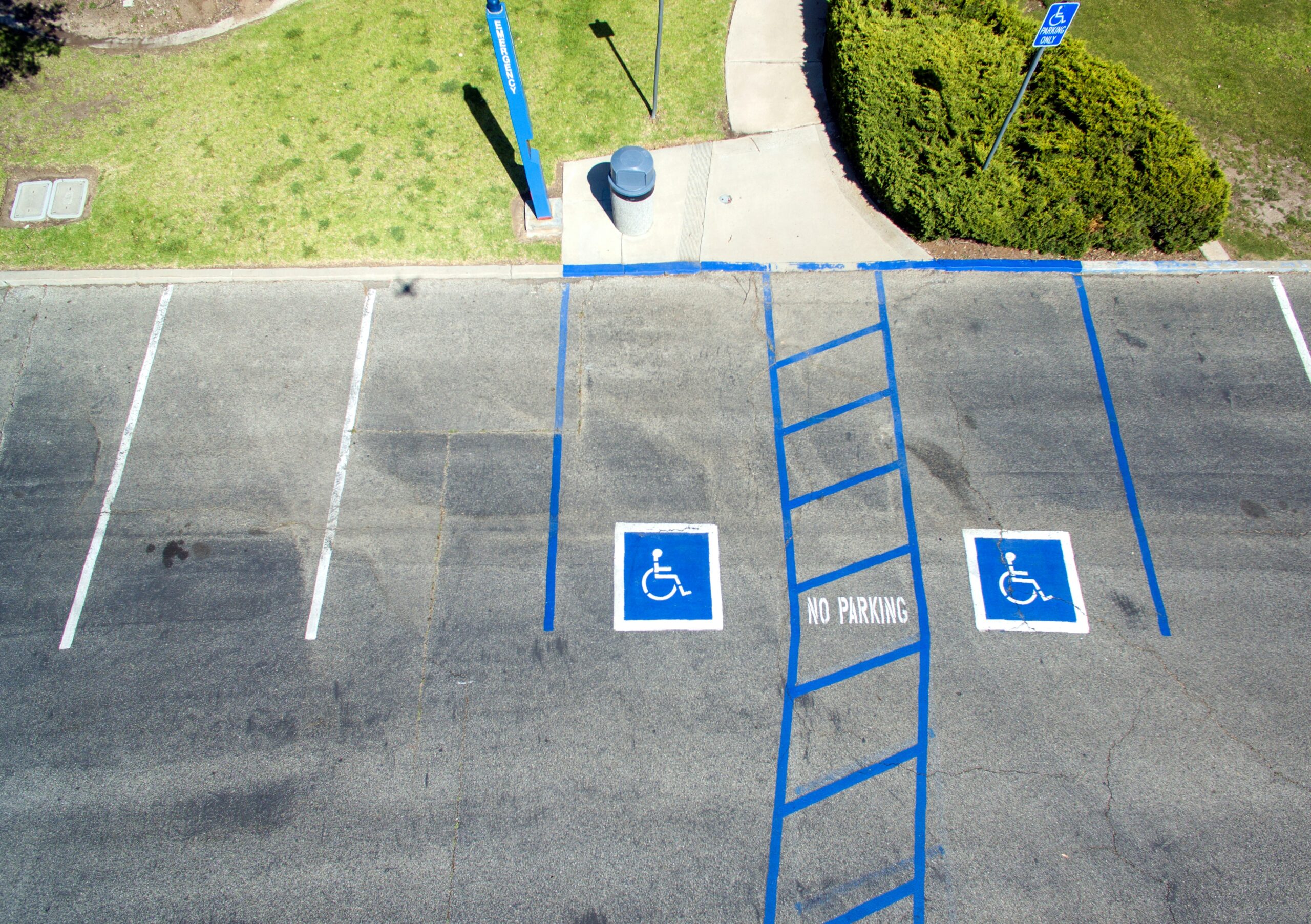
Your Complete Handbook for International Driving
Written by Kaelie Piscitello
Since moving abroad, I have regretted not investing in an international driver’s permit before I left. I knew Asia has great public transportation and figured I would rely on it because I am based in Taipei. I assumed that trains and buses work great for getting around urban districts.

However, as I began traveling to more of Taiwan’s rural regions, I wanted to drive around. The buses in rural spots can have unpredictable timing, making them unreliable. Furthermore, I get bus sick quickly. So, I often wish I could drive myself with a rental car. Of course, this got me wondering. How could I go about obtaining an international driver’s license? Would it be expensive?
I plan to get an international permit while home over winter break. Lucky for you. I’m sharing my research in case you want one, too! I want to thank my roommate, Tom Murtha, for giving me the idea for this article.
What Countries You Can Use a USA License in
You do not need an international driver’s permit to drive everywhere! Our neighbor to the north, Canada, allows American license holders to drive for up to 6 months there. However, you still need insurance. In Mexico, American drivers can get around permit-free for up to 180 days! The flexible license laws between the United States, Canada, and Mexico make driving through our borders easier.
Other countries, including the UK, France, Italy, New Zealand, and South Korea, allow Americans to drive for up to a year without an international permit. Germany allows Americans to drive permit-free for up to 6 months, while Taiwan and Australia only provide Americans with 30 days.

Where Do I Need an International Permit?
Some countries require Americans to have an international driving permit upon arrival. So, if you want to drive in Japan, Spain, Greece, Thailand, Portugal, or South America, obtain one before you leave! If you plan to stay in another country longer than you can drive with a US license, you also might want to consider bringing an international permit with you.
How Do I Get an International Permit?
You must apply for an International Driving Permit, or an IDP, within the country where your original license originated. So, for example, if you received your license from the USA, you must obtain a permit from the USA,
To apply for an IDP, you must go through AAA because AATA no longer offers IDP services. You can submit your application online at the visit AAA website, go in person at a AAA branch, or send in your application by mail. Mailing has postage fees, and ordering online requires customers to pay shipping fees of $10 or more.

I am applying in person because I do not want to pay for shipping. However, if I didn’t plan to come back for spring break, I would use online out of convenience. IDPs stay valid for up to one year and cost $30 without shipping ($20 for AAA’s processing fees and around $10 for a passport photo).
What Countries Do Not Recognize IDPs?
Not every country accepts an international driving permit. Some countries, such as China, require a local license if you want to drive there. Other countries, like Brazil and Japan, need a local permit after the traveler has spent more time there. You must get a local license if you want to drive and stay longer than 180 days, and Japan requires one for driving after one year of stay.
Other countries that do not accept IDPs include Australia, Cyprus, Iceland, Ireland, Malaysia, Malta, New Zealand, and the United States.
What to Research Before Driving Internationally

Once you have your international driving permit, you must do some research. Every country has different written and unwritten rules of the road that you should stay aware of. For example, look up rules regarding the right of way before you leave. The right of way differs from country to country based on traffic and pedestrian rules. Please note: some countries prioritize cars over pedestrians!
Furthermore, different countries have various meanings for honking and flashing headlights. In European countries, flashing lights can mean “I’m passing you”, while in Asian countries, it can mean “Thank you or go ahead.” Try not to get mad if other countries do this; people do not always consider it rude. Honking can also have various meanings. Many Asian countries, such as India, normalize honking, but Nordic nations find it offensive.
You should also familiarize yourself with the different road signs in the country you’ll drive in. They won’t always be in English! Also, make sure to check the speed limits. Remember, other countries measure them in km/hour instead of miles.
Before leaving, you should also determine if the tolls require a card or cash and if the car you rent from the rental company offers manual or automatic vehicles. Americans drive more automatic cars than other countries, so consider driving a manual!
Prepare yourself for police stops. In some countries, the cops can stop you for random document checks, so always carry all your passport, IDP, and insurance documents. Finally, consider downloading some offline maps in case you lose signal!
Everything Car Insurance

In most cases, US car insurance doesn’t cover you abroad. It covers Americans in Canada and Mexico but not elsewhere. So, you must purchase it through your rental company or a third-party provider.
When investing in insurance, you must buy liability insurance to protect yourself against damage you cause to other people or property and a collision damage waiver to protect you if the car gets stolen, into an accident, or vandalized. Check your credit card stipulations in advance: some offer collision coverage.,
Some other car insurance to consider purchasing before driving abroad is personal accident insurance and theft protection. Travel insurance often includes accident and theft insurance protection, but double-check!
Final Tip: Review, Review, Review Those Rules of the Road!!!
Road rules differ from country to country. As a pedestrian in Taiwan, I have noticed significant differences between home and other countries. These aren’t all bad differences; however, you want to stay vigilant to protect yourself from harm and unwanted fees.

For example, Germany and other Autobahn countries do not have general speed limits and heavily enforce bans on tailgating. Other countries, including Saudi Arabia and the UAE, have high speeding ticket fees and, if severe enough, will imprison drivers for their reckless driving. Please note: many countries now enforce speeding laws by video cameras, so don’t assume you’ll get away with speeding if you don’t see any policemen around.
Finally, remember that other countries besides the UK drive on the left side of the road. Ireland, Australia, New Zealand, Japan, and South Africa also reversed their driving styles. Roundabouts are much more common in these countries, and they have strict rules about yielding. They also do not allow drivers to turn left on red like countries driving on the right side would do with a right turn.
Use caution and prioritize safety when driving in any unfamiliar place. Stay safe and happy driving!





